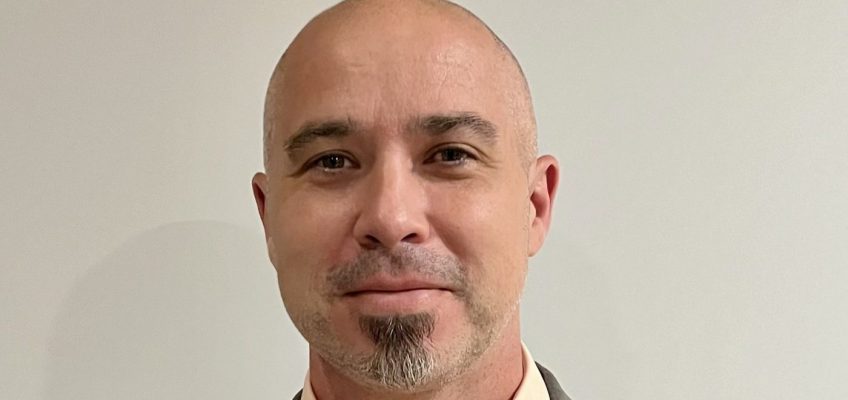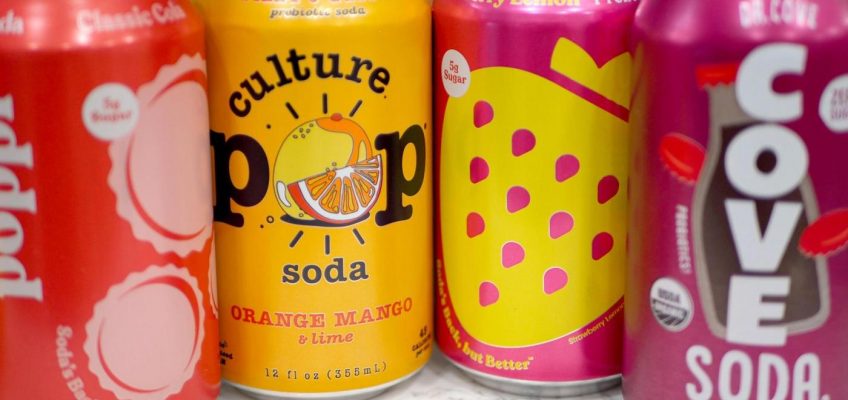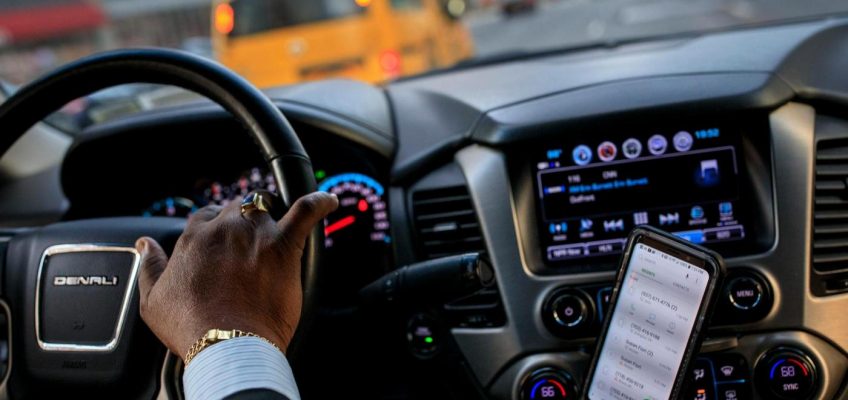By Madyson Fitzgerald, Stateline.org
While on her way home from a co-working space in Denver last year, Colorado state Rep. Jenny Willford says she was sexually assaulted by her Lyft driver.
In her lawsuit filed against Lyft in January, Willford alleges she was “subjected to unwelcome, nonconsensual sexual contact, touching” and lewd comments during the ride.
Willford was picked up by a different driver than the person identified in the Lyft app, according to the suit.
Her experience — and those that other survivors shared with her after hearing her story — prompted Willford, a Democrat, to introduce legislation this year that aimed to require safety measures for both riders and drivers using ridesharing apps.
“In my mind, all of these things are very basic when it comes to safety,” Willford said. “They’re just so common sense that it’s been really disheartening and frustrating to me that Uber … threatened to leave the state if the bill becomes law.”
Her bill would have required rideshare companies to conduct more regular background checks for drivers, to create a program for passengers or drivers who want to audio or video record their rides and to develop other safety policies.
But following Uber’s threats to leave the state if the measure passed, Colorado Democratic Gov. Jared Polis vetoed it in late May. The bill would jeopardize rideshare services in Colorado “to an untenable degree, and could very well lead to companies that Coloradans rely on exiting the market, raising prices, or reducing the number of drivers,” his veto letter said.
Colorado isn’t alone. State and city leaders across the country are looking for ways to make rideshares safer. But lobbying campaigns from Uber and Lyft in many cases are blocking legislation meant to strengthen protections for both drivers and passengers.
Uber and Lyft, the two companies that dominate the U.S. rideshare industry, argue they have sufficient safety features within their apps.
“At Uber, we put safety at the heart of our operations, using technology, transparency, and accountability to help protect riders, drivers, and the broader community, with robust background checks and safety features like Audio and Video Recording, the Emergency Button, PIN verification, and RideCheck,” Uber wrote in a statement to Stateline.
“We remain committed to this work, and to dialogue with bill sponsors on sensible policies that keep people safe while protecting privacy and access.”
But there’s still a gap in regulations for rideshare companies because of their evolving technologies, said Lorena Roque, the interim director of education, labor and worker justice at The Center for Law and Social Policy, a left-leaning anti-poverty advocacy organization.
“Working on an app-based platform — like with delivery workers and rideshare workers — that sort of work is relatively new, so there’s not a clear standard,” Roque said.
Uber and Lyft are employing lobbyists at the state and local levels. In Rhode Island, another state where legislators are pushing rideshare safety bills that the companies have objected to, Uber is on pace to spend $50,000 this year on lobbyists, according to the state’s lobbying database. Lyft has been spending $5,000 monthly on lobbyists in Rhode Island.
Across the country, Uber and Lyft have testified against measures in state legislative hearings and city council meetings. In Colorado’s case, a number of officials representing Uber spoke out against Willford’s legislation at committee hearings, while Lyft sent a letter to Polis urging him to veto it. Jerry Golden, Lyft’s chief policy officer, wrote in the letter that the legislation’s requirements “ignore and ultimately will not improve conditions for riders and drivers.”
Uber told the state Senate it would be “impossible” for rideshare companies to comply with the bill’s requirements immediately upon approval and that the audio and video requirement is “not possible to enforce.”
“The intention of my legislation was never to drive out Uber or Lyft,” Willford said. “The intention was always to require a higher level of accountability and safety from them. But we can’t do that if they’re going to throw tantrums and pick up their toys and go home every time somebody asks them to do better.”
Safety for passengers
As a part of Lyft’s safety measures, drivers must complete annual background checks and mandatory driver safety education. The app is also programmed to check in with riders when drivers take long stops or deviate from the route they were assigned.
Uber conducts periodic criminal screenings for all active drivers and requires drivers to regularly verify their identity by sharing a selfie with Uber using the app. Both companies offer live emergency assistance to riders.
Between 2020 and 2022, Lyft reported 23 fatal physical assaults of people using the Lyft platform and 2,651 instances of the five most serious categories of sexual assault, according to its 2024 Safety Transparency Report. While incidents of sexual assault had decreased 21% since the last report, which covered 2017-19, fatal physical assaults jumped by 185%.
Uber saw 36 physical assault fatalities in 2021 and 2022 and 2,717 incidents of the most serious categories of sexual assault, according to the company’s most recent safety report. Despite a 22% decline in sexual assault and misconduct, there was an increase in fatal physical assaults since its 2019-20 report.
State lawmakers in several states have tried to address rideshare safety concerns with varying degrees of success.
Pending legislation in New Jersey and Massachusetts aims to prevent sexual assault and misconduct against passengers.
White House photos show rare look inside the Situation Room as Trump authorizes strikes in Iran
Transcript of Trump’s speech on US strikes on Iran
Trump’s big gamble in Iran is a risky moment after his pledges to keep US out of ‘stupid wars’
Trump’s move against Iran may draw more criticism from MAGA’s anti-interventionists
Democrats are at odds over the Israel-Iran war as Trump says US has struck Iranian nuclear sites
The New Jersey measure would require rideshare companies to share information concerning sexual misconduct investigations into a driver and would allow companies to ban drivers during an investigation. It remains in committee.
The bill in Massachusetts, introduced by Democratic state Sen. Rebecca Rausch, would create a specific criminal penalty for the sexual assault of a passenger by a rideshare driver. The bill also would deem any rideshare passenger incapable of consenting to any sexual contact during a ride. A hearing on the bill took place this month.
“We need to be able to make sure that people are safe and that people can trust those kinds of spaces to be safe,” Rausch said.
In May, Florida Republican Gov. Ron DeSantis signed legislation that creates criminal penalties for impersonating a rideshare driver. Starting July 1, the crime counts as a second-degree misdemeanor. Uber supported the legislation.
But in Rhode Island, Lyft is pushing against legislation that would require fingerprinting as part of criminal background check. Brendan Joyce, the Lyft public policy manager, testified against the measure in April, saying the fingerprinting requirement relies on the FBI’s Criminal Justice Information System, which Joyce said has incomplete data. He also asserted that fingerprint checks “disproportionately impact and have potential discriminatory effects on communities of color.” Uber also testified against the proposal.
Rhode Island legislators introduced another measure that would prevent people under the age of 16 from using a rideshare service alone. Both bills are being held for further study.
Driver protections
JC Muhammad, 57, has been a rideshare driver in and around Chicago since about 2016.
Now, he works full time as an organizer for faith-based organizations and groups that support rideshare drivers, including The People’s Union, a membership-driven organization aimed at supporting workers in the city.
Muhammad was attacked by a passenger during a Lyft ride in 2022, he said. The passenger asked to borrow Muhammad’s phone and opened its Cash App. The passenger also hit him over the head twice, he said, and threw a brick at his car, denting the side.
“I was angry as hell,” Muhammad said. “I really wanted to engage the kid, but I said, ‘No, let me get back in my car.’”
After sharing the incident with Lyft, the company responded by saying it would not match him with that passenger again. But the person who rode with Muhammad did not match the profile of the person who originally requested the ride, he said.
Muhammad also said he couldn’t go to the police because he did not know the identity of the person who was in his car — and Lyft would not share the identity of the account holder who ordered the Lyft.
Uber and Lyft customers have the option to verify their account, but not everyone does, Muhammad said.
“That gives us some measure of comfort, but it really doesn’t do enough, especially when it comes to calling rides for other people,” Muhammad said. “The account holder may not be the actual passenger.”
Rideshare drivers across the country — especially those of color — are frequently harassed, according to a 2023 report from the Strategic Organizing Center. The center is a coalition of labor unions representing more than 2.5 million workers across the country.
The survey of over 900 app-based rideshare drivers found the majority had been verbally abused and more than a quarter of respondents were threatened with physical harm. Nearly 15% of the drivers were grabbed, groped or hit, according to the report.
There have been several incidents in Chicago where drivers are lured by a false account to a location where they are then robbed or attacked, said Deana Rutherford, the communications manager at the Chicago Gig Alliance, a subset of The People’s Lobby.
“These drivers just show up and they have no idea who’s about to get into their car,” Rutherford said. “And Uber doesn’t know who they are either.”
To address some of the safety and labor issues drivers were facing, the Chicago City Council began considering an ordinance backed by The People’s Lobby that would require passenger verification.
If passed, the ordinance would have also set a minimum wage for drivers, require companies to be more transparent about fares, have them disclose the details of driver account deactivations and more. Both Uber and Lyft initially opposed the ordinance. Uber warned the measure’s sponsor that the changes in pay rates would drive up costs for customers and force the company to cut 10,000 drivers, according to a letter Uber sent to a city alderman that was obtained by Stateline.
But Uber this month agreed to a deal that scraps Chicago’s ordinance in exchange for the company’s support for state legislation that would allow rideshare drivers to unionize, the Chicago Sun Times reported.
©2025 States Newsroom. Visit at stateline.org. Distributed by Tribune Content Agency, LLC.



